Growing An Olive Tree With No Olives: What Is A Fruitless Olive Tree
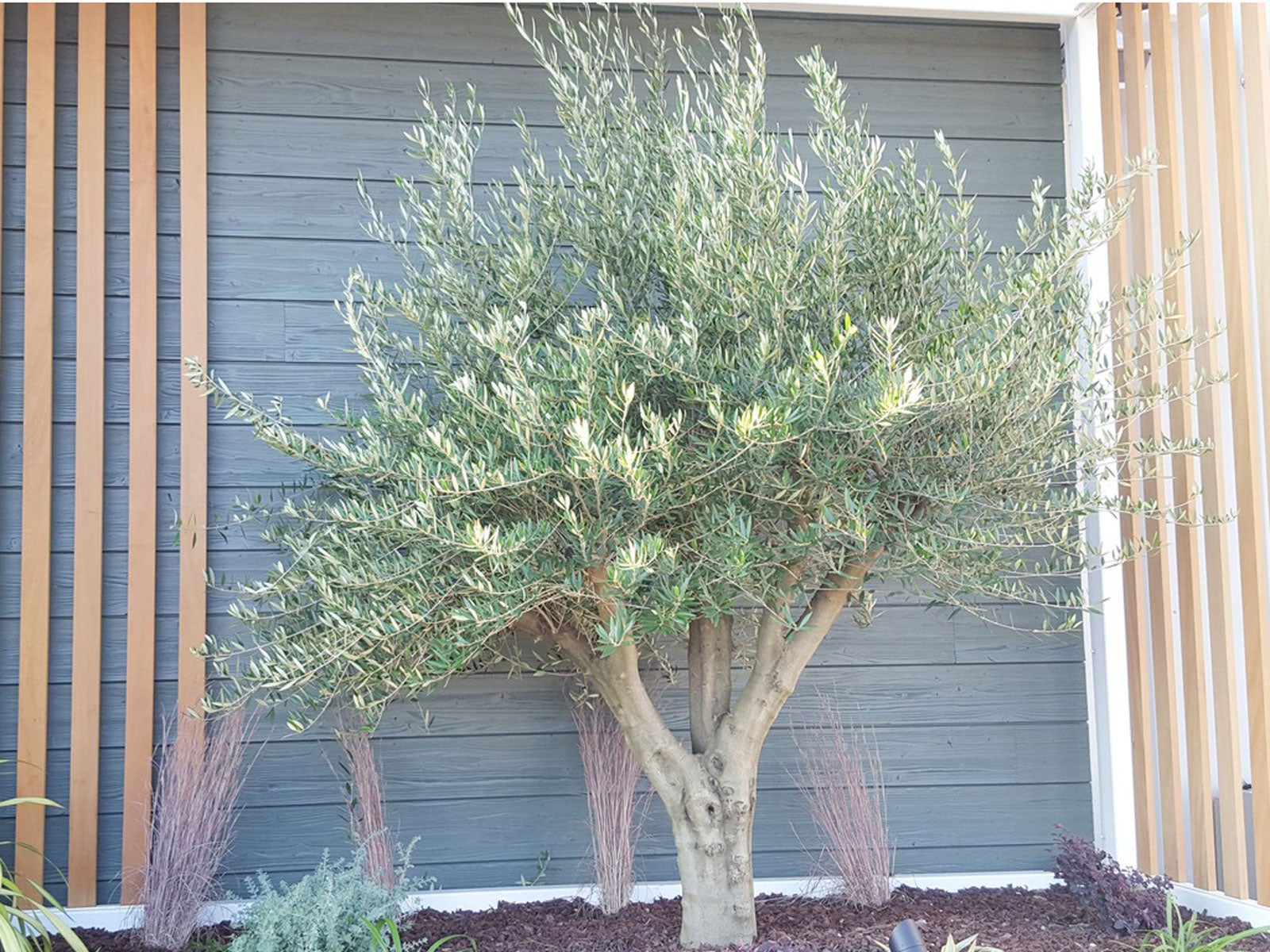
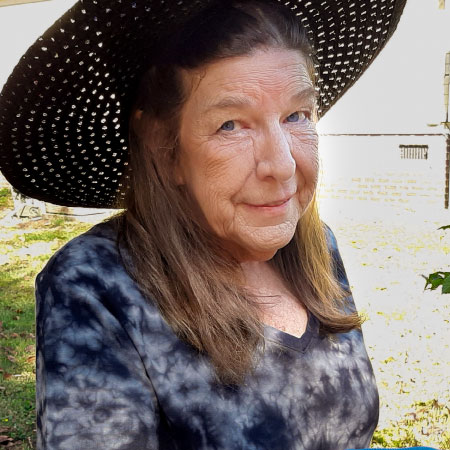
What is a fruitless olive tree, you may ask? Many are not familiar with this beautiful tree, commonly used for its beauty in the landscape. The olive tree with no olives (Olea europaea 'Wilsonii') is hardy in USDA zones 8 to 11. Read more to learn if this is the perfect tree for your southern landscape.
About Fruitless Olive Trees
This olive tree is described as a distinctive evergreen, growing at a slow to medium rate. At maturity, it may reach 25 to 30 feet (8-9 m.), with approximately the same width. Consider this width if contemplating one in your landscape. It may have a single trunk, but more often it has several. These are twisting and contorted, topped by greenish gray foliage. This tree must have at least eight hours of full sun.
While described as an olive tree with no olives, some owners of the tree say this is an overstatement. Trees may bloom in spring with sterile, yellow flowers that produce a spray of olives. These underdeveloped fruits fall from the tree and are few and far between. This is why growing fruitless olive tree varieties is a good alternative to growing the real thing.
Fruiting olive trees are banned in some areas of the southwest U.S. because of extensive dropping of fruits. This creates a problematic mess, clogging drains and staining driveways and decks. The fruits also attract undesirable wildlife. Flowers often produce pollen to which many are allergic. Growing fruitless olive trees eliminates these issues.
Growing Fruitless Olive Trees
When choosing a location to plant a new fruitless olive tree, measure how long sun reaches the area. As mentioned, at least eight hours is necessary. If looking at this aspect in spring, take into account the shade that might occur when neighboring trees leaf out. Ideally, you can check out the sun in the spot at different times of the year. Make sure, as well, that there is a 30 foot (9 m.) space around all sides of the area, allowing room for the fruitless olive to spread its branches.
The planting site must have well-draining soil. Once established, most fruitless olive tree varieties are drought tolerant, but they need regular water until a good root system has developed. If water does not drain quickly, root rot is a potential problem. Add drip irrigation if convenient, as the root system will need almost daily watering for some time.
Other fruitless olive tree care includes a feeding of high nitrogen fertilizer in spring while the tree is young. Pruning to remove suckers may be included in annual maintenance. While you have the pruners handy, remove any twigs or branches with holes, as they may have been attacked by borers. Most pests and disease don’t bother the fruitless olive tree, however.
Gardening tips, videos, info and more delivered right to your inbox!
Sign up for the Gardening Know How newsletter today and receive a free copy of our e-book "How to Grow Delicious Tomatoes".

Becca Badgett was a regular contributor to Gardening Know How for ten years. Co-author of the book How to Grow an EMERGENCY Garden, Becca specializes in succulent and cactus gardening.
-
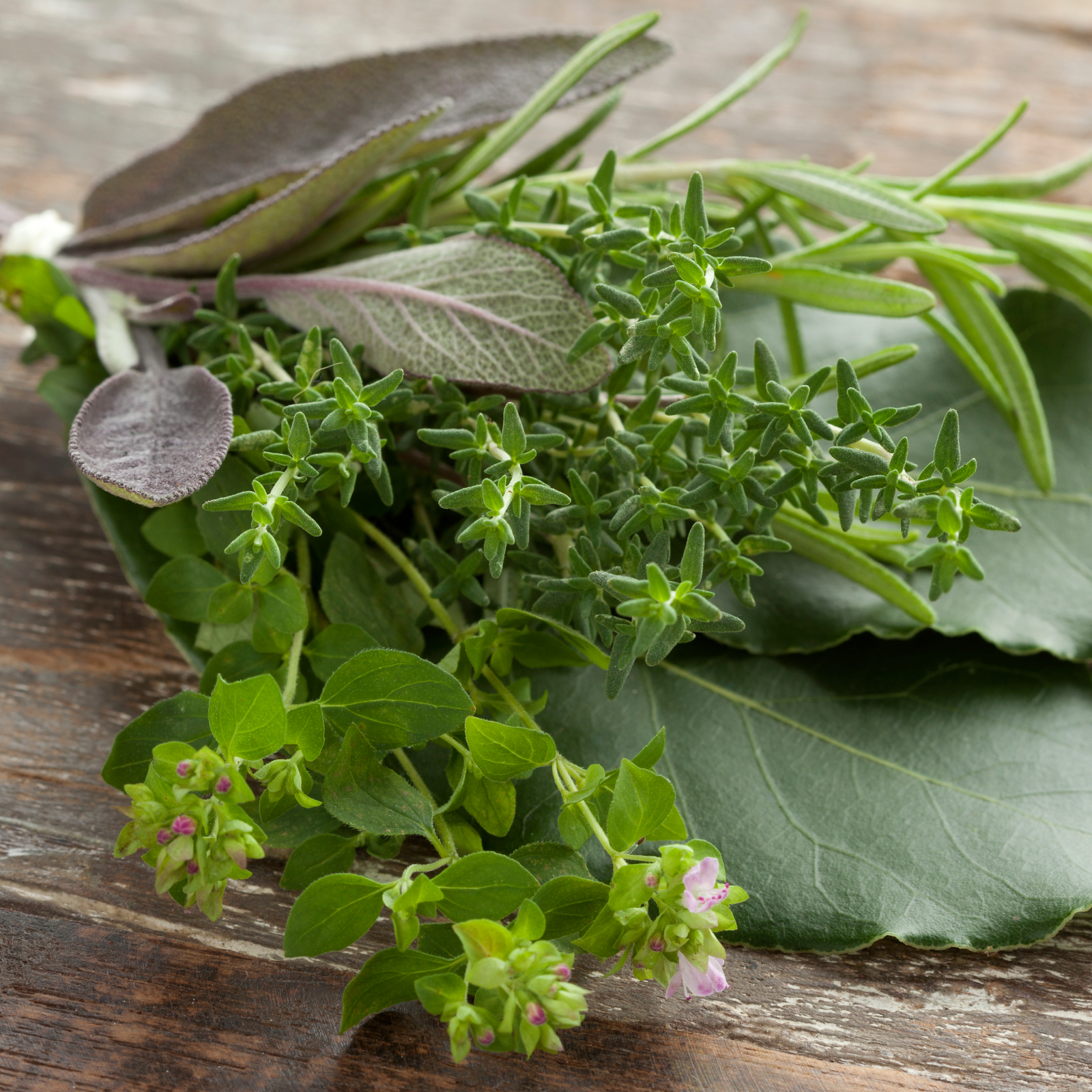 How To Make A Bouquet Garni Or Herb Bundle For Cooking
How To Make A Bouquet Garni Or Herb Bundle For CookingIf you’re a great cook, you may have made an herb bundle before. If this is a new idea, learn how to add sparkle and interest to your dish with a bouquet garni.
By Amy Grant
-
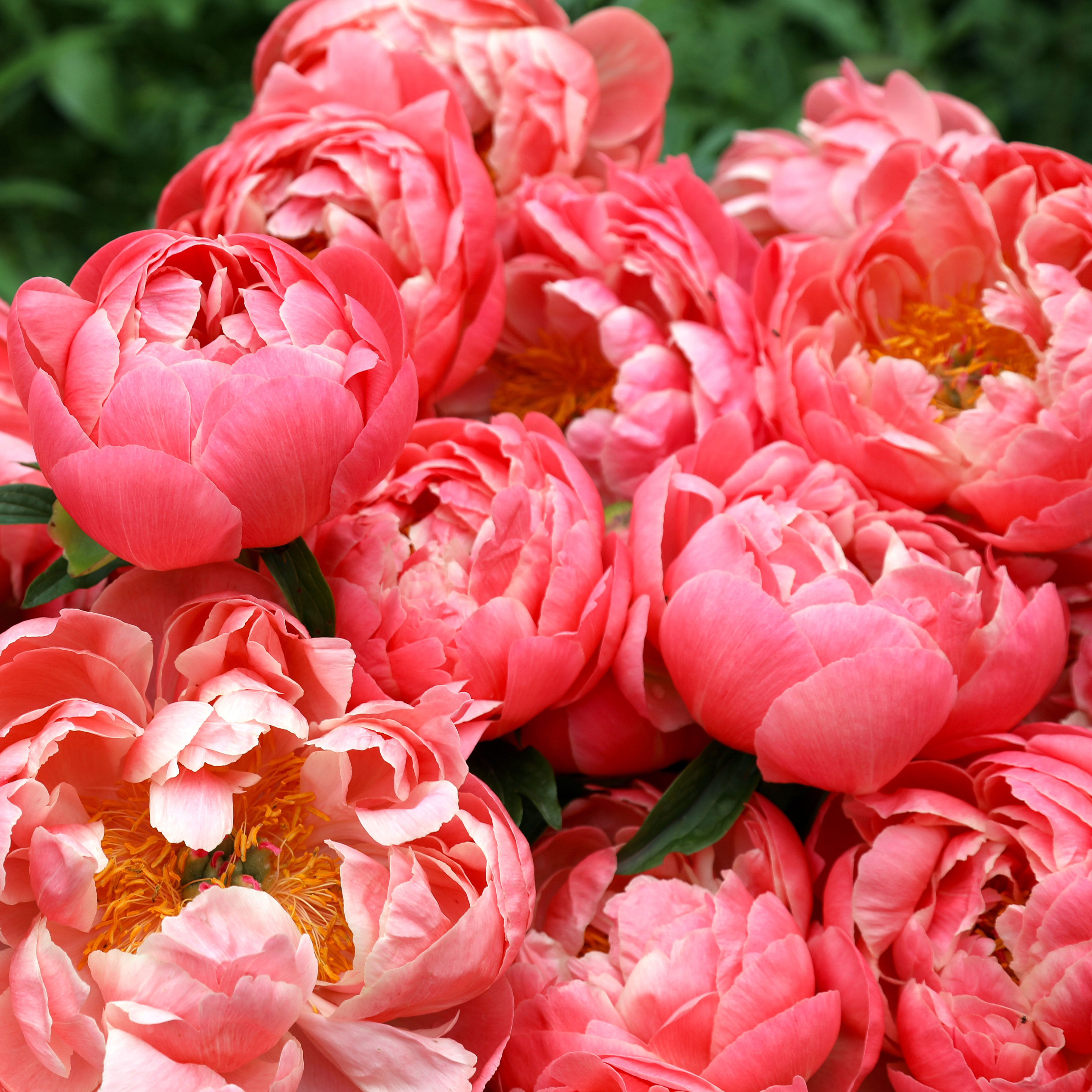 ‘Coral Charm’ Peony Care For Sublime Semi-Double Peonies With Lush Salmon Pink Flowers
‘Coral Charm’ Peony Care For Sublime Semi-Double Peonies With Lush Salmon Pink FlowersPeonies are known for their soft baby pink or magenta tones, but if plushy coral blooms are your thing, here’s our guide to the ultimate ‘Coral Charm’ peony care
By Tonya Barnett
-
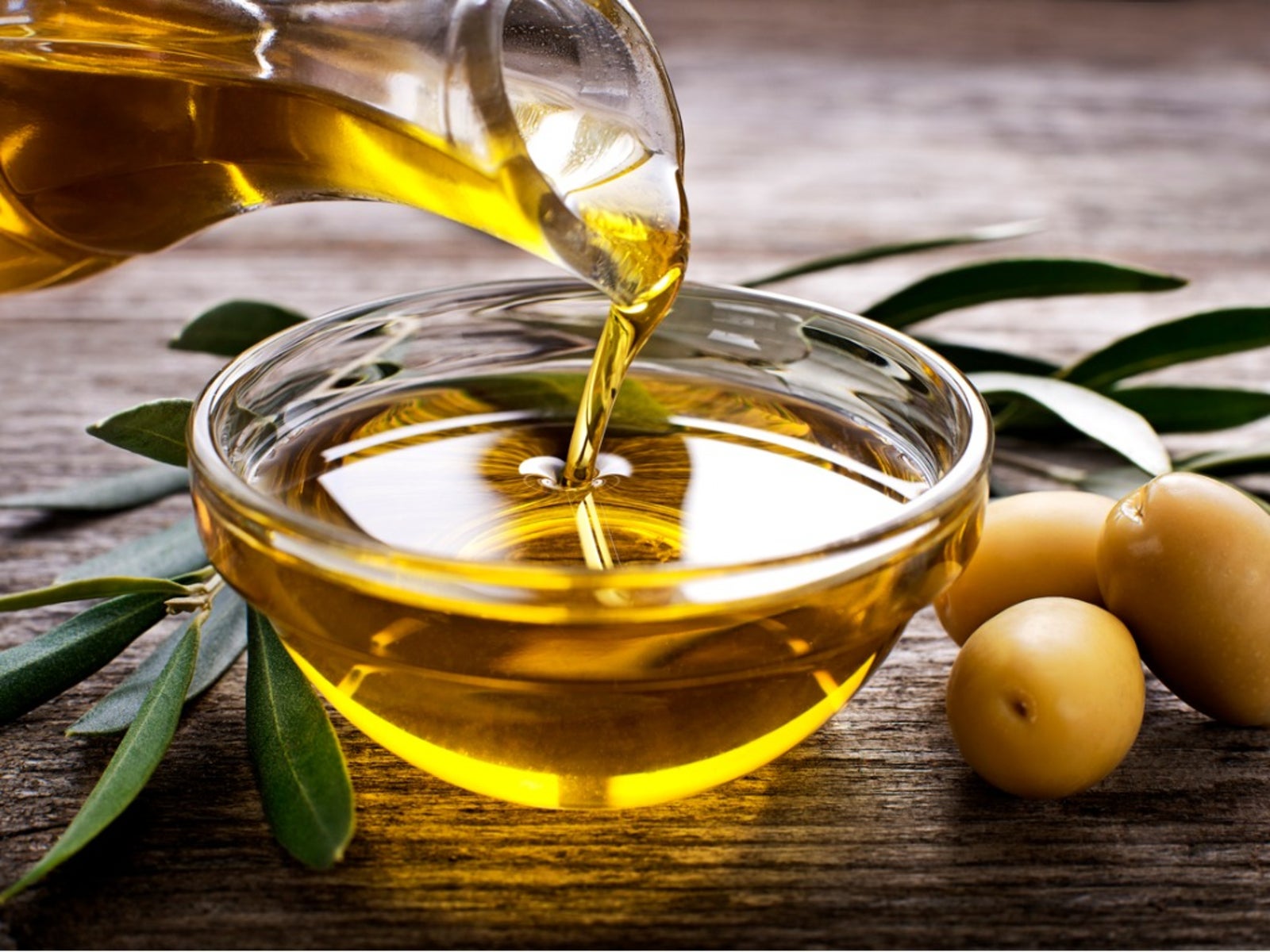 How To Press Olive Oil: Making Olive Oil At Home
How To Press Olive Oil: Making Olive Oil At HomeInterested in making oil from olives? It's easier than you might think. Click here to learn how to press olive oil.
By Amy Grant
-
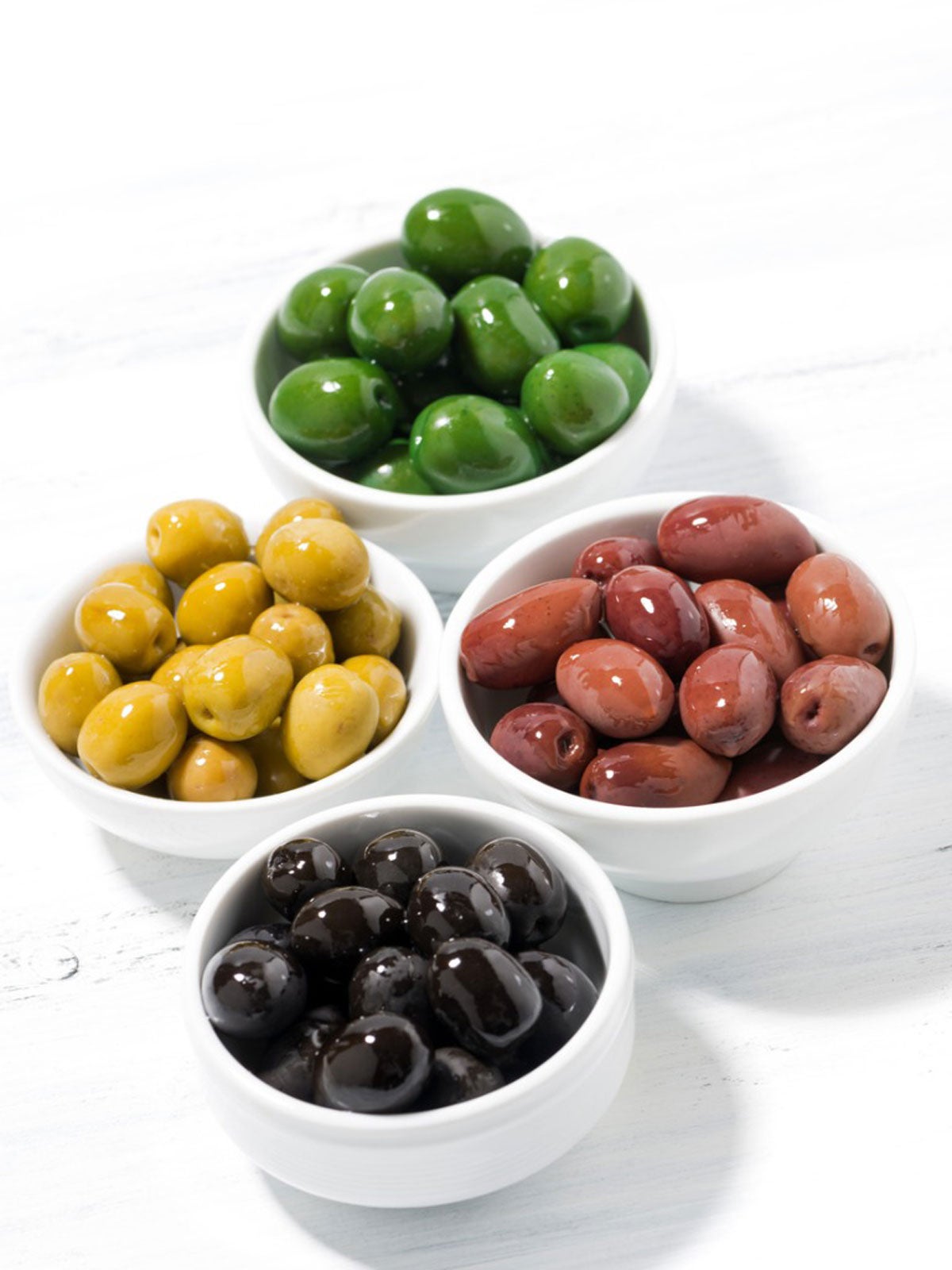 Olive Tree Appetizer: Creating A Christmas Tree Made Of Olives
Olive Tree Appetizer: Creating A Christmas Tree Made Of OlivesA Christmas tree made of cheese and colorful olives is something you’ll want to try. Click here for tips on making an olive Christmas tree.
By Mary H. Dyer
-
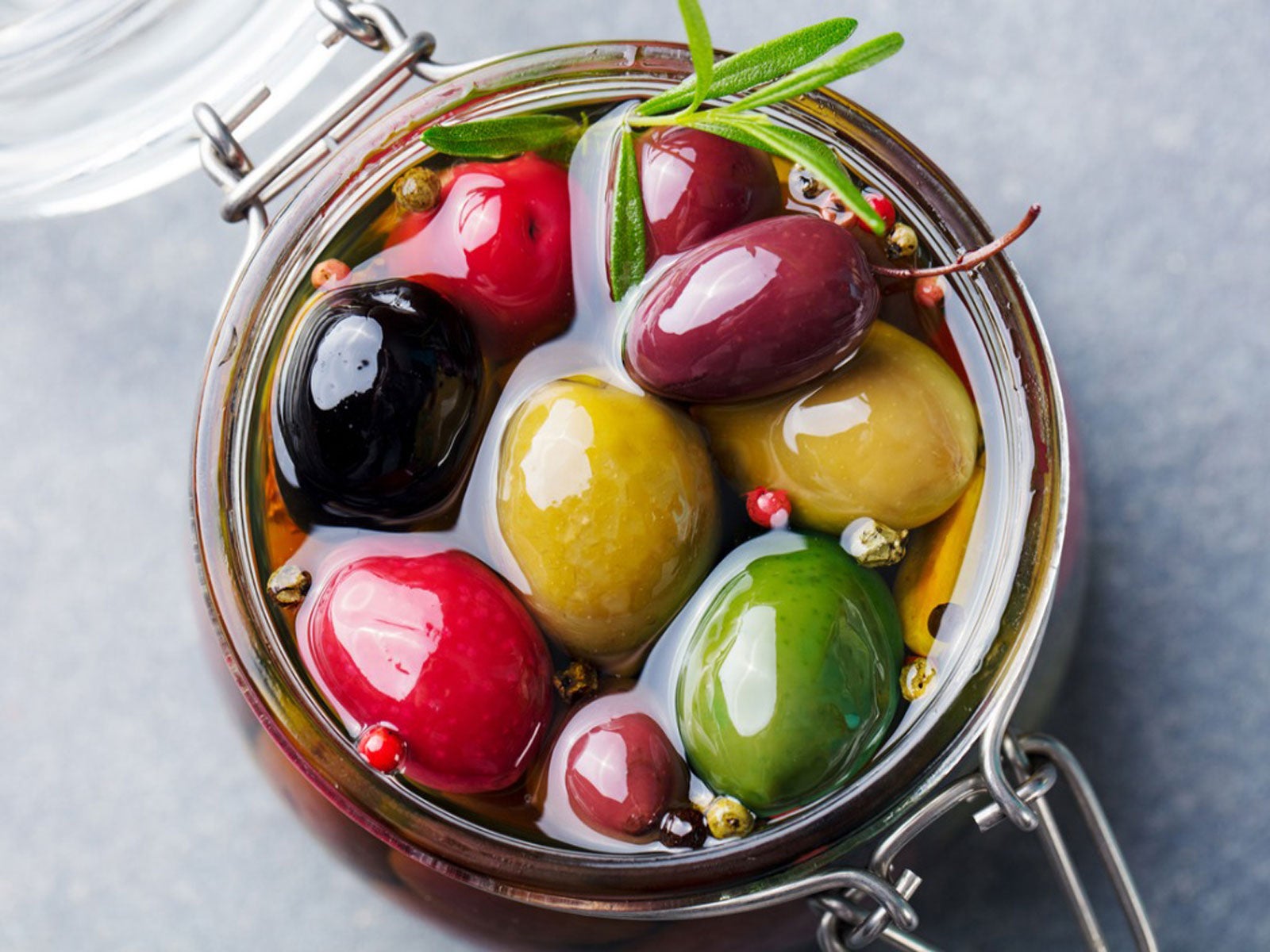 Olive Preservation Guide: How Do You Brine Olives
Olive Preservation Guide: How Do You Brine OlivesCured olives are a delicious snack or addition to recipes. There are many methods for curing olives. Learn how to preserve olives here.
By Bonnie L. Grant
-
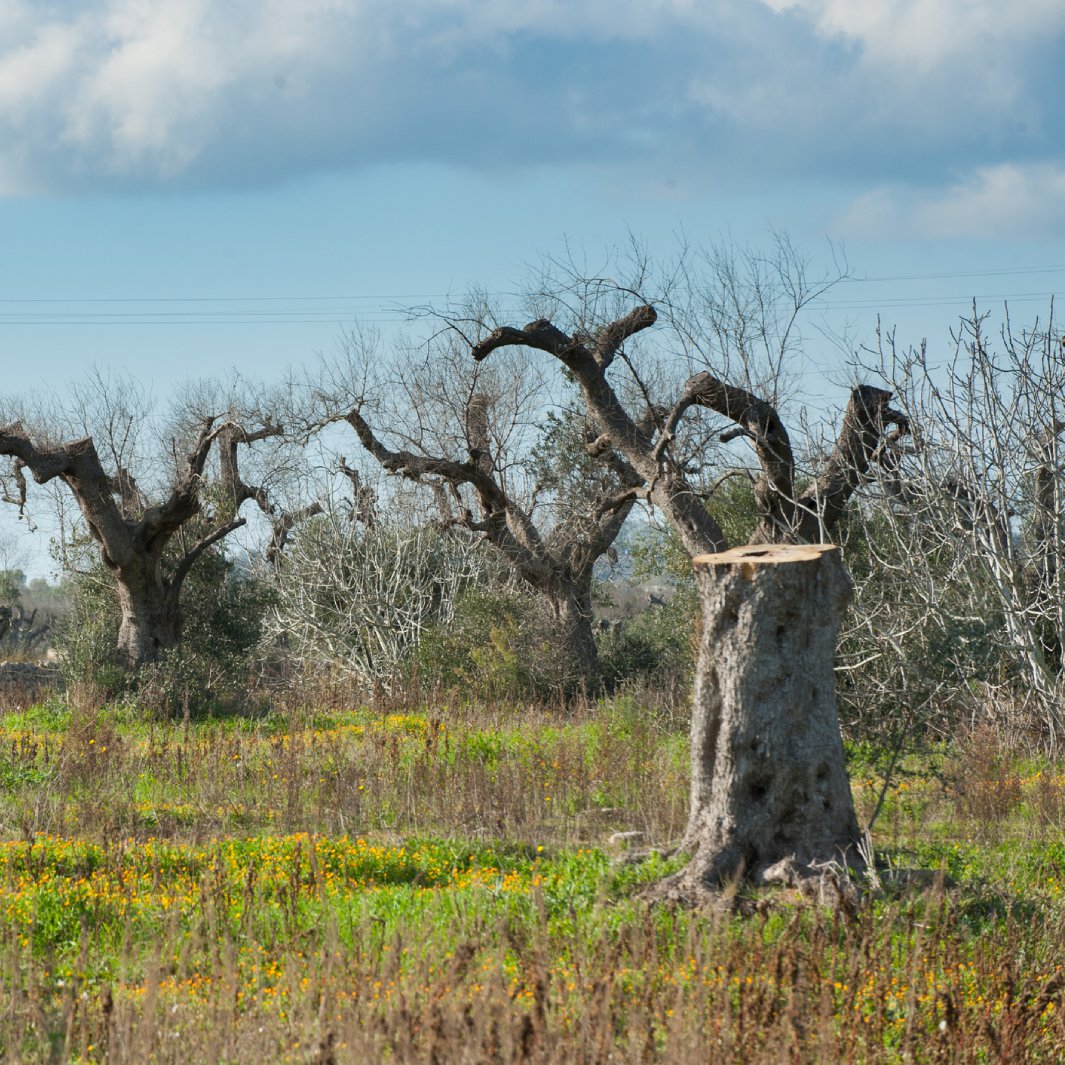 Olive Tree Xylella Disease: Learn About Xylella Fastidiosa And Olives
Olive Tree Xylella Disease: Learn About Xylella Fastidiosa And OlivesBy Mary H. Dyer
-
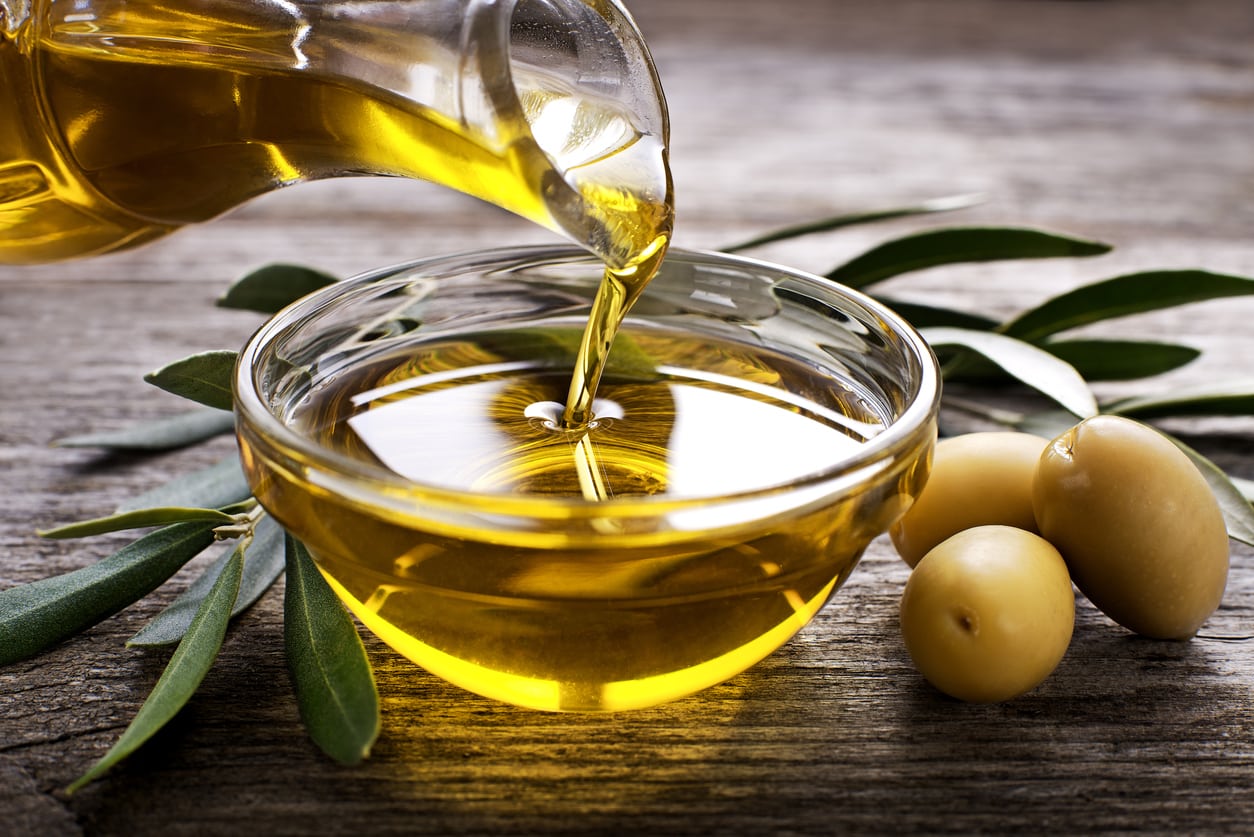 Olive Oil Information: Learn How To Use Olive Oil
Olive Oil Information: Learn How To Use Olive OilOf course, we know how to use olive oil with foods, but have you ever wondered about olive oil?s other uses? There are, indeed, other uses for olive oil. The following article contains information about what exactly olive oil is and how to use olive oil beyond cooking.
By Amy Grant
-
 Olive Tree Topiaries – Learn How To Make An Olive Topiary
Olive Tree Topiaries – Learn How To Make An Olive TopiaryOlive trees are native to the Mediterranean region of Europe. They have been grown for centuries for their olives and the oil they produce. Olive tree topiaries are popular. If you are considering making an olive tree topiary, the following article will help.
By Teo Spengler
-
 Olive Houseplants – Growing A Potted Olive Tree Indoors
Olive Houseplants – Growing A Potted Olive Tree IndoorsOlive trees as houseplants? If you?ve ever seen mature olives, you may wonder how it?s possible to transform these reasonably tall trees into olive houseplants. But it is not only possible, indoor olive trees are the latest houseplant craze. Learn more here.
By Teo Spengler
-
 Potted Olive Tree Care: Tips On Growing Olive Trees In Containers
Potted Olive Tree Care: Tips On Growing Olive Trees In ContainersIf you don't have enough space for a full tree, or if your climate is too cold, you can still have olive trees, as long as you grow them in containers. Click the following article to learn more about potted olive tree care and how to grow an olive tree in a pot.
By Liz Baessler